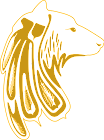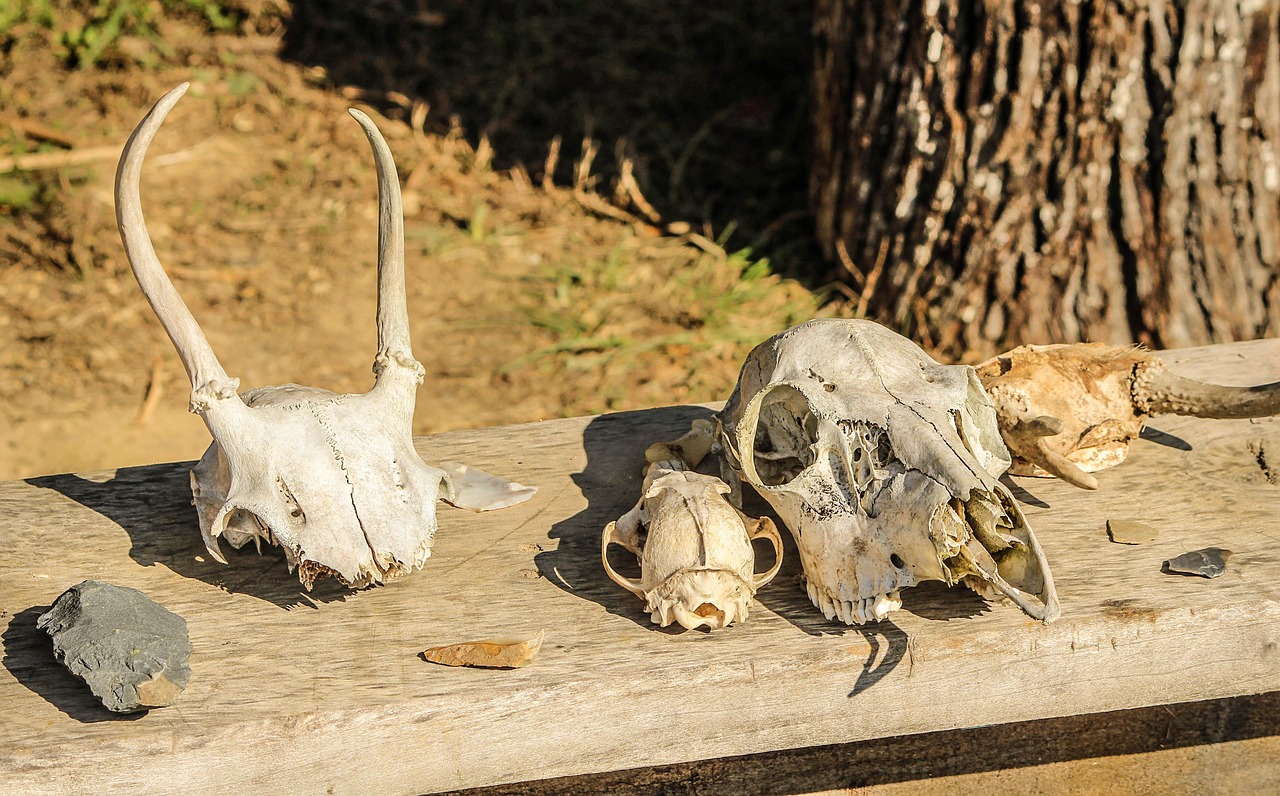Meta description: Discover the true story of dreamcatchers – from their spiritual meaning among the Ojibwe to their modern use. Learn how they really work and what traditional wisdom teaches about dreams.
When Spiderwebs Filter Dreams: The Original Purpose of the Dreamcatcher
High in the branches of sacred trees they once hung – the first dreamcatchers of the Ojibwe. Not as pretty decorations, but as spiritual protectors for children. Legend tells of Spider Woman, who wove the first web to filter people’s dreams.
The Old Legend: How Asibikaashi Protected the Children
In Ojibwe mythology, Asibikaashi (Spider Woman) was the guardian of all children. As the Ojibwe spread across vast lands, she could no longer protect every child personally. So she taught the mothers to weave magical nets from willow branches and sinew.
“Every web is a part of me,” Spider Woman is said to have told them. “It will let the good dreams pass through and catch the bad ones until the morning sun burns them away.”
Traditional Crafting: More Than Just Handwork
A true traditional dreamcatcher was never mass-produced. Every material carried deep meaning:
- Willow hoop: The cycle of life without beginning or end
- Web pattern: The complex paths of life
- Feathers: Breath and air, letting the good dreams slide down
- Beads: The good dreams caught in the web
The Journey of a Symbol: From the Ojibwe to Pop Culture
In the 1960s, the dreamcatcher began its journey into mainstream culture. Through the Pan-Indian movement, it became a symbol of all Native peoples of North America – though it originally belonged only to the Ojibwe.
“It’s bittersweet,” says an Ojibwe elder. “On one hand, I’m glad that people everywhere see the beauty of our belief. On the other, the sacred symbol became mass merchandise.”
Modern Misconceptions: What Dreamcatchers Are Not
Today, dreamcatchers hang in children’s rooms all over the world – but often with false ideas about their function:
- Not universal protection: Traditionally only meant for children
- Not just decoration: Should be treated with respect
- Not eternal: Traditionally replaced when they break
Cultural Appropriation vs. Appreciation
The commercial success of dreamcatchers raises important questions:
- May non-Indigenous people own dreamcatchers? Yes, but with respect
- Should they be bought from Indigenous artists? Absolutely!
- Can you make one yourself? Only with the proper knowledge and respect
The Science of Dreams: Modern Perspectives
Interestingly, modern dream research confirms some traditional concepts:
- Placebo effect: Belief in the dreamcatcher can truly help
- Sleep hygiene: Rituals before sleep improve sleep quality
- Psychological impact: Symbols can influence the subconscious
Dreamcatchers Today: Between Spirituality and Commerce
In Indigenous communities, dreamcatchers are experiencing a renaissance – not as tourist trinkets, but as an expression of cultural identity. Young artists are creating modern interpretations that connect tradition with the present.
“My dreamcatchers tell stories,” says a contemporary Ojibwe artist. “Each one is a prayer, a hope, a piece of our resilient culture.”
How to Use a Dreamcatcher Respectfully
If you own or want to gift a dreamcatcher:
- Buy authentically: Support Indigenous artists
- Know the story: Share the true legend
- Treat it with respect: Not as mere decoration
- Pass it on: If you no longer need it
The Future of an Ancient Symbol
The dreamcatcher remains a powerful symbol of connection – between tradition and modernity, between cultures, between waking and dreaming. Its true magic lies not in the feathers or beads, but in the intention behind it.
“The best dreamcatcher,” says an Ojibwe elder, “is the one that reminds you that you are part of something greater. That your dreams matter. That you are protected.”
Do you own a dreamcatcher or have a special experience with one? Share your story in the comments!
To find authentic dreamcatchers:
Visit Indigenous art markets
Support Native artists on platforms like Etsy
Visit reservation stores (if you are invited)

